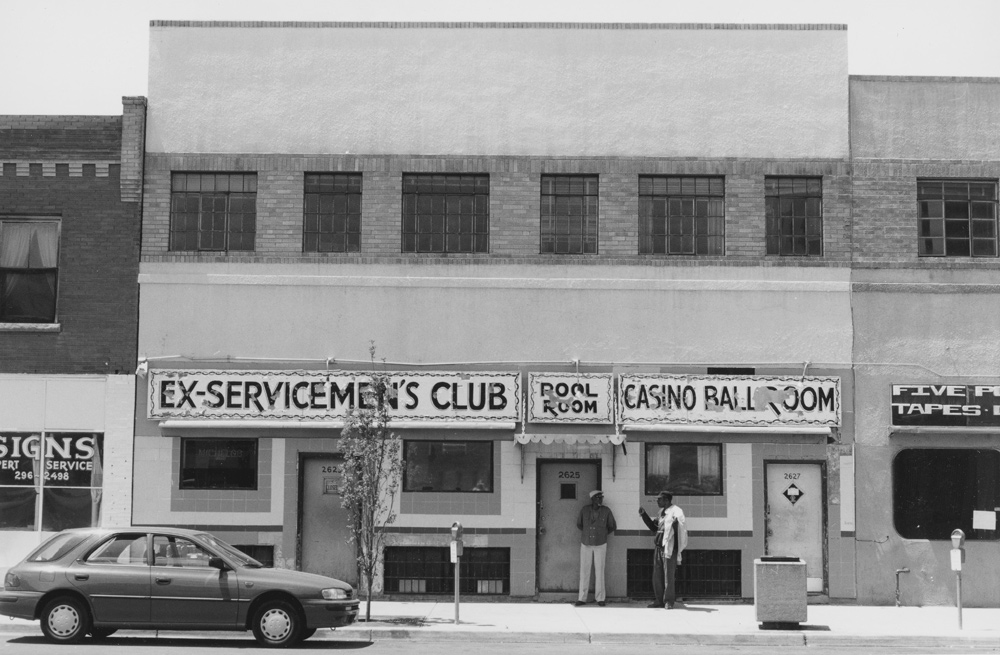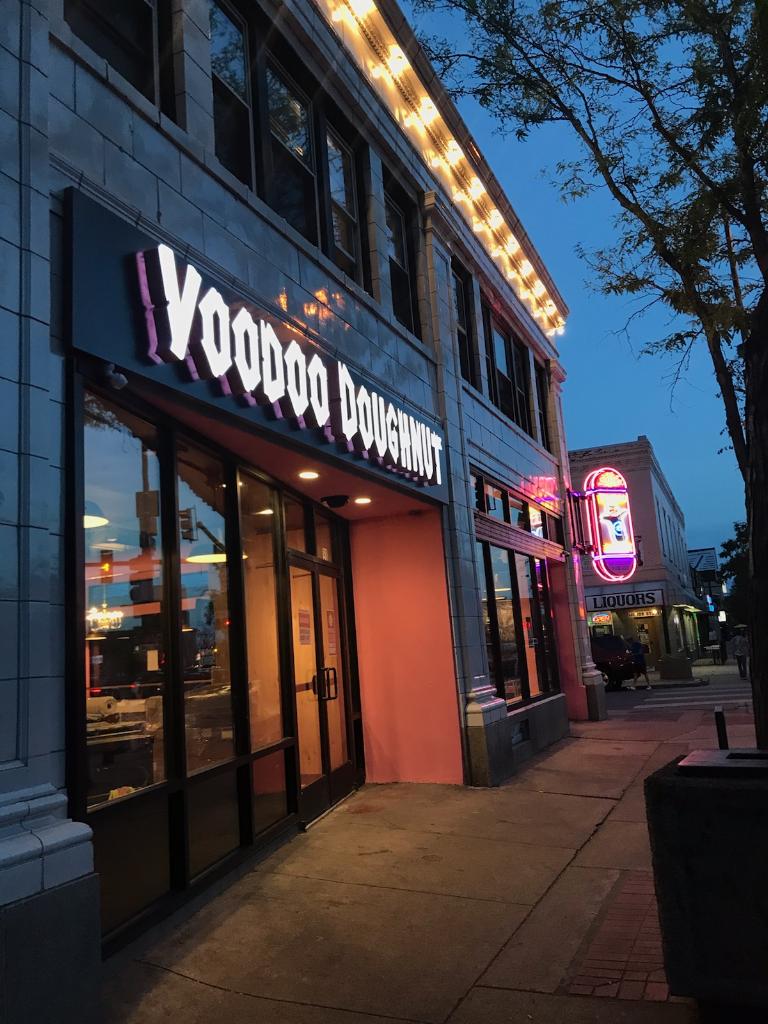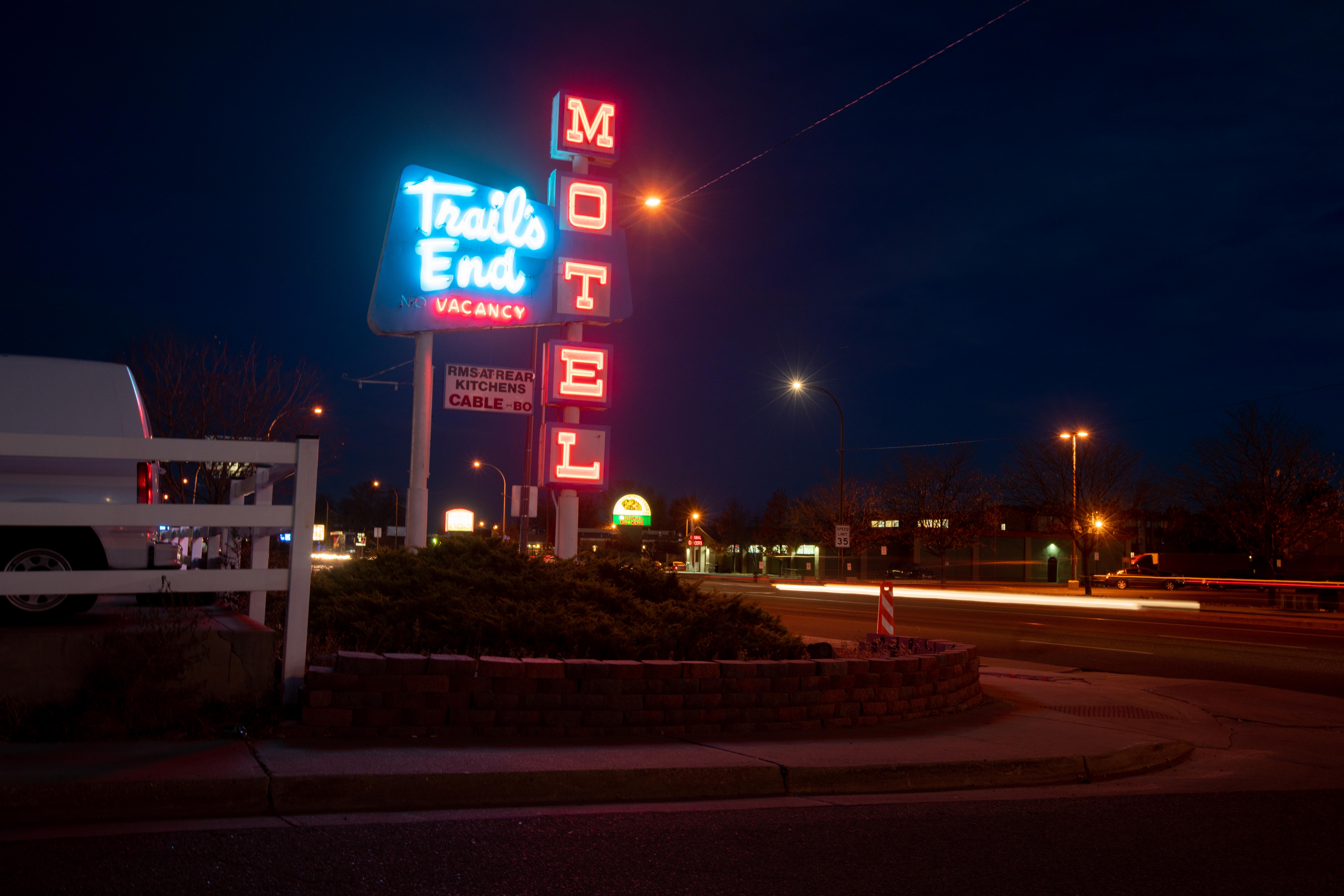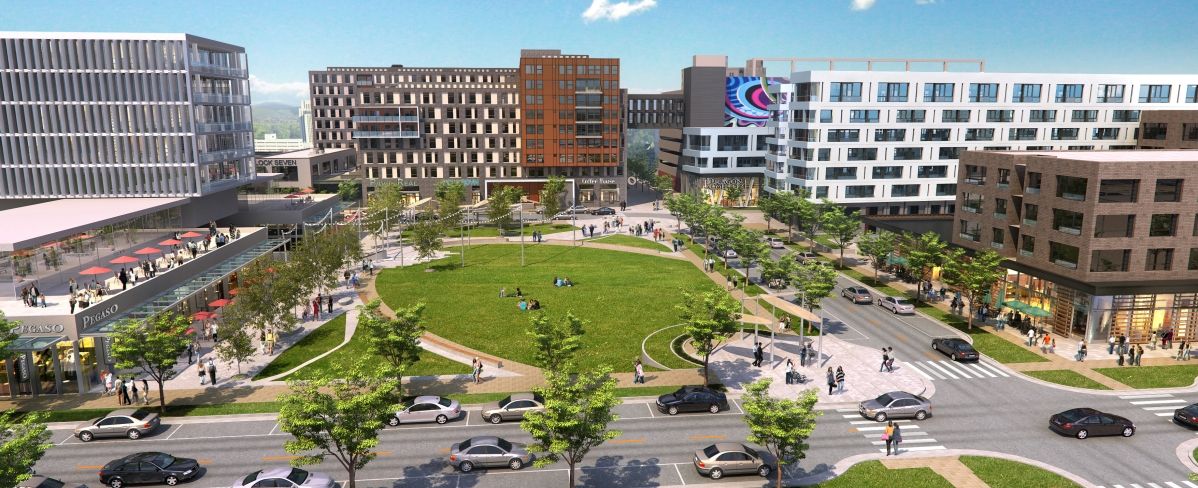Denver looks a lot different than it did 10 years ago. That’s true for most places, but Denver’s growth jumped nearly 20% between 2010 and 2020, and the current population sits at 705,576.
It seems like high-rises are built overnight, and while developers cash in on the growing demographic of wealthy young millennials migrating to the Mile High City, long-time neighbors are taking notes. One study reported Denver as the second most gentrified city in the nation, with the pandemic only making matters worse.
Here’s a look at how Denver’s most popular neighborhoods have changed over the years.
Five Points

Five Points is one of Denver’s oldest neighborhoods. Today, it’s muffled with the up-and-coming RiNo Arts District, which features mostly craft breweries, indie streetwear and murals by local artists. During much of the 20th century, Five Points was a predominantly Black neighborhood that had a thriving food scene and became an up-and-coming hub for jazz.
READ: The Black History of Cervantes’ and The Five Points Jazz Scene
Many African Americans moved to the neighborhood between the 20th and 21st century to be closer to the rail yards where they worked and saw the establishment of places like the Zion Baptist Church — the state’s largest Black congregation — and the city’s first all-Black fire department, Fire Station Number 3. Despite segregation separating Black neighbors during the housing boom, 75% of Denver’s Black residents lived in Five Points by 1930.
It was dubbed the Harlem of the West from then until the 60s, thanks to places like The Rossonian Hotel which hosted acts like Billie Holiday, Nat King Cole and Ella Fitzgerald. It quickly became a cultural blueprint for the city’s jazz scene. Today, the annual Five Points Jazz Festival honors and celebrates the neighborhood’s musical past.
Today, gentrification is hitting this neighborhood hard. While RiNo is attracting investors and real estate moguls, generations of Five Points residents are getting pushed out by the rising price of rent and affordable housing.
Baker

Baker, or South Broadway, is one of Denver’s oldest neighborhoods. Commercial and industrial growth inspired affluent residents to flock to this area, as the architecture and abundance of Queen Anne homes attracted middle-class Denverites. Known as the “South Side” up until the 70s, Baker began as a 160-acre settlement by William and Elizabeth Byers homestead and became a popular destination for the Denver Bears to play baseball at Broadway Park. Cable cars and a new railroad system helped create the neighborhood as a bustling hub.
Today, Baker/South Broadway is home to a stretch of local bars, restaurants and local shops that attract young professionals and families, with the median age of residents around 35 years old.
Capitol Hill

Once Denver’s most affluent neighborhood, Capitol Hill has become one of the most popular neighborhoods in the city for renters and young professionals.
Capitol Hill is home to several arts and historic buildings. The Molly Brown House is perhaps the most famous one, aside from the actual State Capitol, which finished construction and opened in 1894.
Along 14th street, this neighborhood was once famous for its Millionaire’s Row with mansions built Queen Anne-style that attracted the city’s most wealthy residents. Today, it’s home to mostly apartment complexes, with a median age of 33. Cafes, galleries, historic buildings, local businesses, bars and restaurants make up Capitol Hill today.
Colfax

East and West Colfax have both experienced their own set of growth and change in the past few decades. Colfax Avenue was once dubbed the Golden Road, and originally coined as Grand Avenue, but was later changed to pay homage to Schuyler Colfax, a former state representative.
The Gateway to the Rockies is one of the longest streets in the nation. Colfax became an essential route of Denver transportation, opening its first trolleys and railroad lines in the late 1800s and was paved in 1916. East Colfax, on the other hand, was paved in 1932. By the 60s, Colfax became a booming strip in Denver for nightlife, shopping and bars. Sex workers and drug sales boomed in this neighborhood, but many popular destinations closed by the 70s, including the city’s most famous strip club, Sid King’s Crazy Horse Bar, shutting its doors in 1983, while nearby additions like Casa Bonita in 1974 began giving the street a new look.
Today, both East and West Colfax are home to an endless array of local specialty stores, dive bars, diverse eateries and residential buildings. The median age both in East and West Colfax is 32 years old, with a median household income of $50,429.
East Colfax, in particular, has been a haven for the city’s community of immigrants, but developers see the neighborhood as a nest for high rises and luxury condos.





